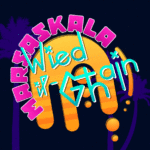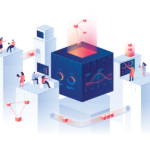
Big Data: Collecting and Visualising the Unseen

This post is long overdue, but I am finally here. After watching this week’s lecture a couple of times (wanted to make sure I take all the necessary notes), I realised how I rarely explored this field of graphic design – that of information visualization. Could be because I never had the opportunity to fully immerse myself in such an exercise. When I had a data collection exercise, I always did it as part of another project, like when I was doing my thesis and recently for one of the tasks of the first module.
Unlike, previous lectures, this one was quite concise, however full of valuable information nonetheless. The points that struck me the most were the part about Semiotics and the one about Forensic Architecture.
I find Semiotics interesting as with so little, a symbol can communicate so much and goes past the language barrier. The example brought up in the lecture is that of the traffic ‘stop’ sign. The word ‘stop’ is translated according to the native language of the particular country, however, regardless if you can read it or not, you immediately no that a red octagon with white text on it means ‘stop’. Other similar examples include the male and female stick figures used to indicate toilets in a public area as well as the ever popular emojis.
On a different note, this week being all about data, infographics had to be included. I always found data interesting, for it brings to light and into perspective certain topics that may sometimes be overlooked. In addition, sometimes numbers can be overwhelming, whereas by looking at a visual, it makes everything easier to process.
Looking forward to putting my analysis together for this week’s challenge. So far I have looked at history of information design, how certain method of data visualisation came about (like the pie chart and bar graph), read some information on all the creators of the examples given for the task and now I just need to decide on which one should I go with.





